Home>Home Appliances>Home Automation Appliances>What Liquid Is In A Capillary Thermostat
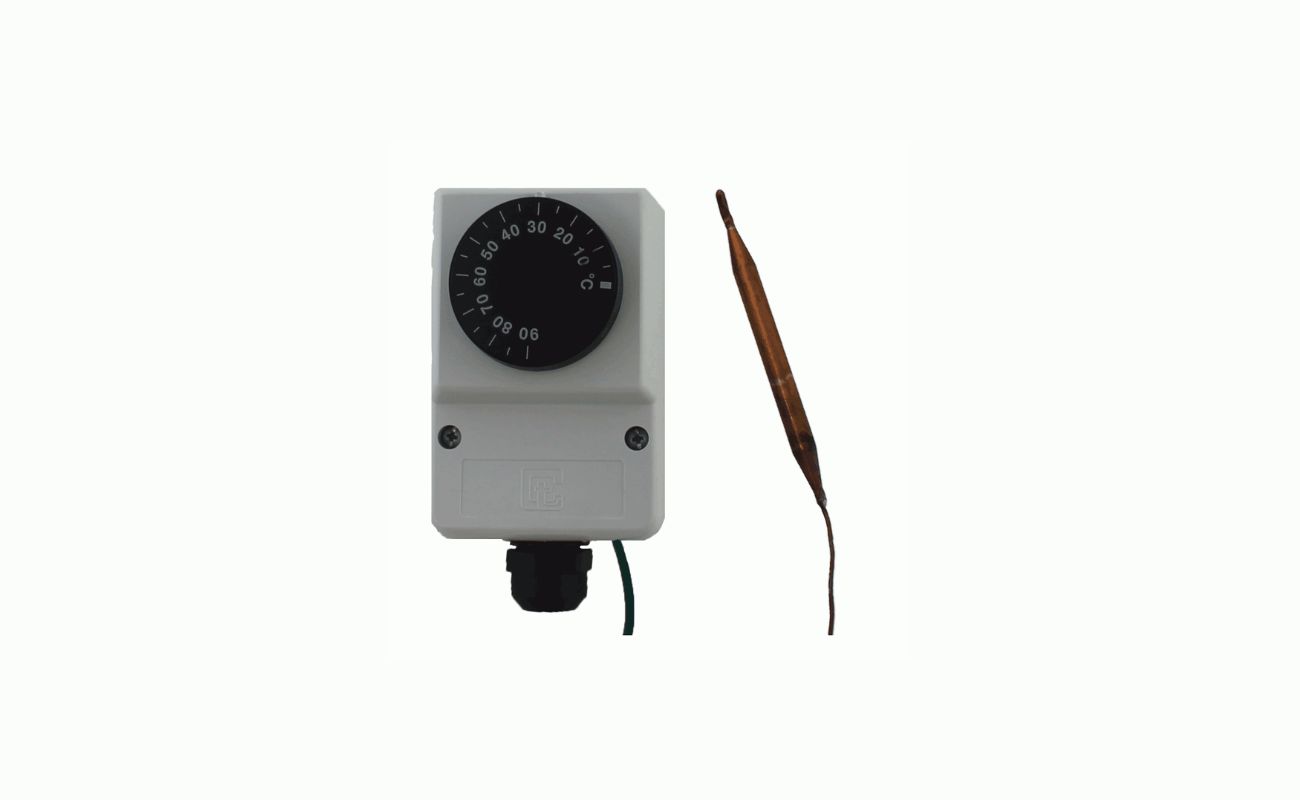

Home Automation Appliances
What Liquid Is In A Capillary Thermostat
Published: January 4, 2024
Discover the liquid used in capillary thermostats for home automation appliances. Learn how this essential component regulates temperature effectively.
(Many of the links in this article redirect to a specific reviewed product. Your purchase of these products through affiliate links helps to generate commission for Storables.com, at no extra cost. Learn more)
Introduction
Capillary thermostats are essential components in various home automation appliances, playing a crucial role in regulating temperature and ensuring optimal performance. One of the key elements of a capillary thermostat is the liquid it contains, which is instrumental in its functionality. Understanding the type of liquid used in a capillary thermostat and its properties is vital for both homeowners and technicians involved in the installation and maintenance of these devices.
In this article, we will delve into the intricate details of the liquid in a capillary thermostat, exploring its significance, types, properties, and the considerations involved in choosing the right liquid for specific applications. By gaining a comprehensive understanding of this fundamental aspect, readers will be empowered to make informed decisions regarding the selection and maintenance of capillary thermostats, ultimately contributing to the efficient operation of home automation appliances.
Let's embark on a journey to unravel the mysteries of the liquid in a capillary thermostat, shedding light on its pivotal role in the functionality of these indispensable devices.
Key Takeaways:
- The type of liquid in a capillary thermostat, like mercury or organic fluids, affects how home appliances regulate temperature. Choosing the right liquid is crucial for efficient and safe operation.
- Understanding the properties and considerations of the liquid in a capillary thermostat helps ensure precise temperature control, energy efficiency, and environmental responsibility in home automation appliances.
Read more: What Is Liquid Glass
How a Capillary Thermostat Works
A capillary thermostat is a temperature-regulating device commonly used in appliances such as refrigerators, freezers, air conditioners, and water heaters. It operates based on the principle of thermal expansion, utilizing a temperature-sensitive liquid to control the switching of the appliance’s heating or cooling system.
When the temperature in the controlled environment deviates from the set point, the capillary thermostat initiates the necessary adjustments to maintain the desired temperature. This process begins with the expansion or contraction of the temperature-sensitive liquid within the thermostat’s capillary tube in response to temperature changes.
As the temperature rises, the liquid in the capillary tube expands, exerting pressure on a diaphragm or bellows mechanism connected to the electrical contacts of the appliance. This pressure triggers the contacts to open or close, thereby activating or deactivating the heating or cooling system. Conversely, when the temperature decreases, the liquid contracts, relieving the pressure on the diaphragm or bellows and causing the contacts to revert to their original state.
Through this mechanism, the capillary thermostat effectively maintains the desired temperature range within the appliance, ensuring optimal functionality and energy efficiency. The precision and reliability of this temperature control process are heavily dependent on the type of liquid used in the capillary thermostat, as different liquids exhibit varying thermal properties and behaviors in response to temperature changes.
By comprehending the inner workings of a capillary thermostat and the role of the temperature-sensitive liquid in its operation, individuals can appreciate the intricate engineering behind these devices and the critical role played by the choice of liquid in achieving precise temperature regulation.
Types of Liquids Used in Capillary Thermostats
The selection of the appropriate liquid for a capillary thermostat is a crucial consideration, as different liquids offer distinct thermal properties and performance characteristics. The most commonly used liquids in capillary thermostats include:
- Mercury: Historically, mercury was a prevalent choice for capillary thermostats due to its excellent thermal conductivity and predictable expansion and contraction behavior. However, due to environmental and health concerns associated with mercury, its usage in new thermostats has significantly declined in favor of safer alternatives.
- Gas-filled: Some capillary thermostats employ a gas-filled system, utilizing gases such as nitrogen or a mixture of gases to achieve temperature regulation. Gas-filled thermostats offer advantages in terms of safety, environmental impact, and precise control, making them a preferred choice in modern applications.
- Organic Fluids: Certain capillary thermostats utilize organic fluids, such as ethyl acetate or propylene glycol, as the temperature-sensitive liquid. These organic fluids are selected for their thermal properties, stability, and compatibility with the materials used in the thermostat’s construction, making them suitable for specific temperature control requirements.
- Alcohol-based: Capillary thermostats may also incorporate alcohol-based liquids, such as ethanol or methanol, known for their thermal responsiveness and safety. Alcohol-based liquids offer reliable temperature control and are favored for their low environmental impact and compatibility with diverse applications.
Each type of liquid has its unique advantages and considerations, and the selection depends on the specific requirements of the application, environmental regulations, safety standards, and the desired precision of temperature control. As the industry continues to evolve, there is a growing emphasis on utilizing environmentally friendly and safe liquids in capillary thermostats, driving the development and adoption of innovative liquid-based temperature control solutions.
Understanding the characteristics and applications of these various liquids is essential for making informed decisions when selecting or servicing capillary thermostats, ensuring optimal performance, safety, and environmental responsibility in home automation appliances.
The liquid in a capillary thermostat is usually a special type of alcohol, such as ethylene glycol or propylene glycol. This liquid expands and contracts with temperature changes, allowing the thermostat to regulate the heating or cooling system.
Properties of the Liquid in a Capillary Thermostat
The liquid contained within a capillary thermostat possesses specific properties that directly influence its performance in regulating temperature. Understanding these properties is essential for evaluating the suitability of the liquid for a particular application and ensuring efficient and reliable operation. Key properties of the liquid in a capillary thermostat include:
- Thermal Conductivity: The liquid’s ability to conduct heat is a critical property, as it determines how effectively the temperature changes in the controlled environment are transmitted to the thermostat. Liquids with higher thermal conductivity facilitate more responsive and accurate temperature regulation.
- Expansion Coefficient: The expansion coefficient of the liquid defines the extent to which it expands or contracts in response to temperature variations. This property directly impacts the sensitivity and precision of the thermostat’s control mechanism, influencing its ability to maintain the desired temperature range.
- Chemical Stability: The chemical stability of the liquid is paramount, as it ensures the integrity of the thermostat’s internal components and prevents degradation or corrosion over prolonged usage. Stable liquids contribute to the longevity and reliability of the thermostat.
- Environmental Impact: Considering the environmental impact of the liquid is crucial, especially in light of evolving regulations and sustainability initiatives. Environmentally friendly liquids that pose minimal risks to ecosystems and human health are increasingly favored for their responsible use in home automation appliances.
- Compatibility: The compatibility of the liquid with the materials used in the construction of the capillary thermostat is essential to prevent adverse reactions or damage to the internal components. Compatibility considerations encompass factors such as seal integrity, resistance to leakage, and overall system performance.
By evaluating these properties, manufacturers, technicians, and homeowners can make informed decisions regarding the selection and maintenance of the liquid in capillary thermostats, aligning with the specific requirements of the application and the prevailing industry standards. Furthermore, advancements in materials science and fluid dynamics continue to drive the development of innovative liquids tailored for enhanced temperature control, offering improved performance and sustainability in home automation systems.
Appreciating the significance of these properties empowers individuals to optimize the performance and longevity of capillary thermostats, contributing to the efficient and sustainable operation of home appliances while adhering to environmental and safety considerations.
Choosing the Right Liquid for a Capillary Thermostat
When selecting the liquid for a capillary thermostat, several factors must be carefully considered to ensure optimal performance, safety, and environmental responsibility. The following considerations are instrumental in choosing the right liquid for a specific capillary thermostat application:
- Temperature Range: Assessing the temperature range within which the thermostat will operate is crucial, as different liquids exhibit varying expansion and contraction behaviors across temperature gradients. Selecting a liquid with a suitable expansion coefficient for the intended temperature range is essential for precise temperature control.
- Environmental Impact: Evaluating the environmental impact of the liquid is paramount, particularly in compliance with regulatory standards and sustainability initiatives. Opting for environmentally friendly and non-toxic liquids aligns with responsible practices and minimizes ecological risks.
- Compatibility: Ensuring the compatibility of the liquid with the materials used in the construction of the capillary thermostat is vital to prevent adverse reactions, leakage, or component degradation. Compatibility considerations encompass seal integrity, material resilience, and long-term performance.
- Thermal Conductivity: Considering the thermal conductivity of the liquid is essential for efficient heat transfer and responsive temperature regulation. Liquids with higher thermal conductivity facilitate more accurate and rapid adjustments in the controlled environment, contributing to energy efficiency and system performance.
- Chemical Stability: Prioritizing the chemical stability of the liquid is critical to safeguard the integrity and longevity of the thermostat’s internal components. Stable liquids mitigate the risk of corrosion, degradation, and performance deterioration over time, ensuring sustained functionality.
By carefully evaluating these considerations, stakeholders can make informed decisions regarding the selection of the liquid for capillary thermostats, aligning with the specific requirements of the application and the prevailing industry standards. Additionally, staying abreast of advancements in liquid technologies and sustainable fluid solutions enables the adoption of innovative and environmentally responsible options for temperature control in home automation appliances.
Ultimately, choosing the right liquid for a capillary thermostat is pivotal in achieving precise temperature regulation, enhancing energy efficiency, and upholding environmental stewardship in the operation of home appliances. By prioritizing these considerations, individuals contribute to the sustainable and effective utilization of capillary thermostats across diverse residential and commercial settings.
Read more: What Are Liquidated Damages In Construction
Conclusion
Exploring the intricacies of the liquid in a capillary thermostat unveils the pivotal role it plays in the precise and reliable regulation of temperature within home automation appliances. The selection of the appropriate liquid, considering its properties, environmental impact, and compatibility, is fundamental to the efficient operation and sustainability of capillary thermostats.
As the industry continues to evolve, there is a concerted effort to embrace environmentally friendly and safe liquids, aligning with regulatory standards and sustainability objectives. Advancements in materials science and fluid dynamics are driving the development of innovative liquid-based temperature control solutions, offering enhanced performance and ecological responsibility.
By comprehending the thermal properties, expansion behaviors, and environmental considerations associated with different types of liquids, stakeholders can make informed decisions regarding the selection and maintenance of capillary thermostats. This informed approach contributes to the optimized performance, longevity, and safety of home automation appliances, ultimately benefiting homeowners, technicians, and the environment.
In conclusion, the liquid in a capillary thermostat serves as a linchpin in the temperature regulation process, embodying the synergy of engineering precision, environmental consciousness, and operational reliability. By prioritizing the selection of the right liquid and embracing sustainable fluid solutions, individuals uphold the principles of energy efficiency, safety, and environmental stewardship in the realm of home automation, fostering a future where temperature control seamlessly integrates with sustainability.
Frequently Asked Questions about What Liquid Is In A Capillary Thermostat
Was this page helpful?
At Storables.com, we guarantee accurate and reliable information. Our content, validated by Expert Board Contributors, is crafted following stringent Editorial Policies. We're committed to providing you with well-researched, expert-backed insights for all your informational needs.
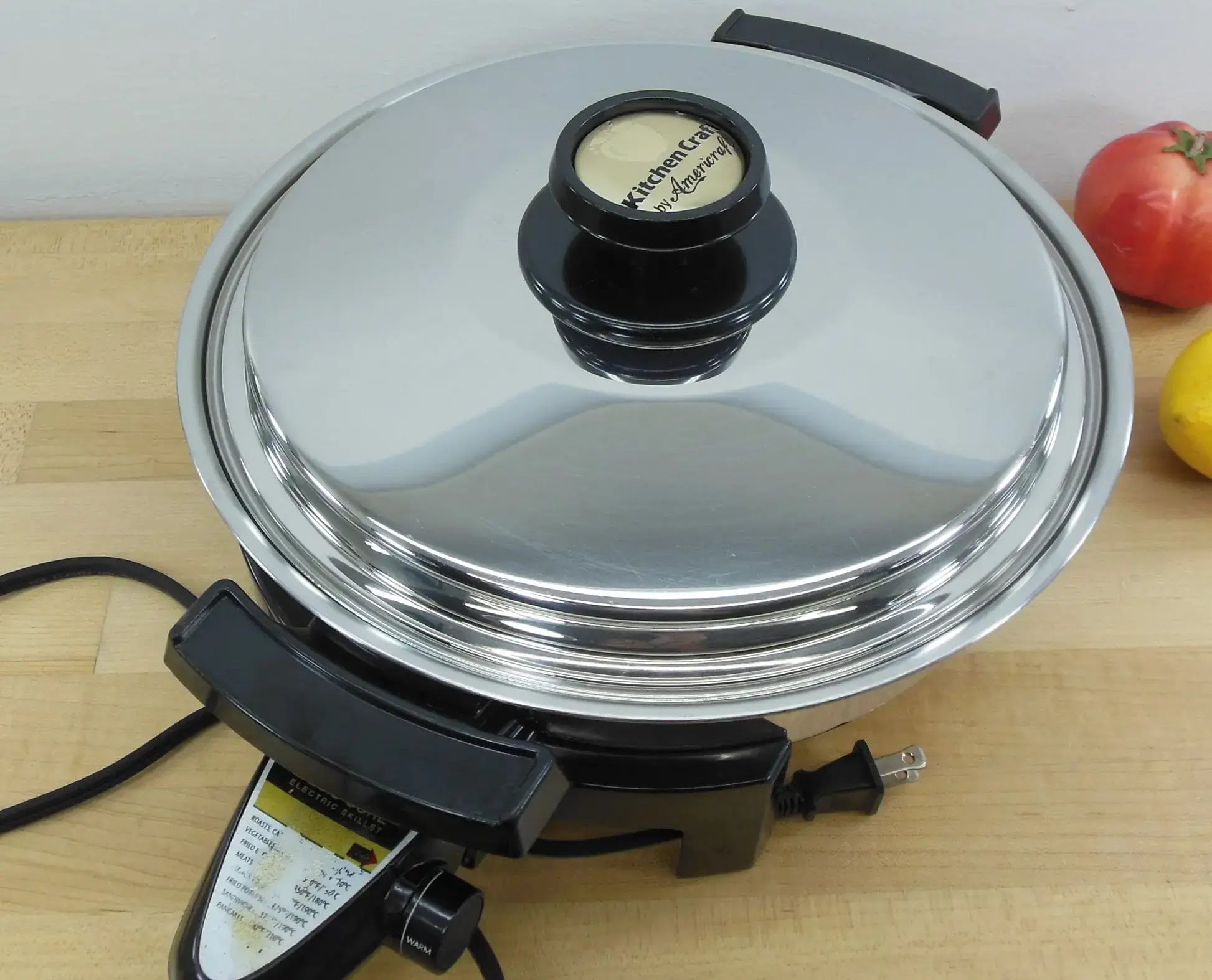

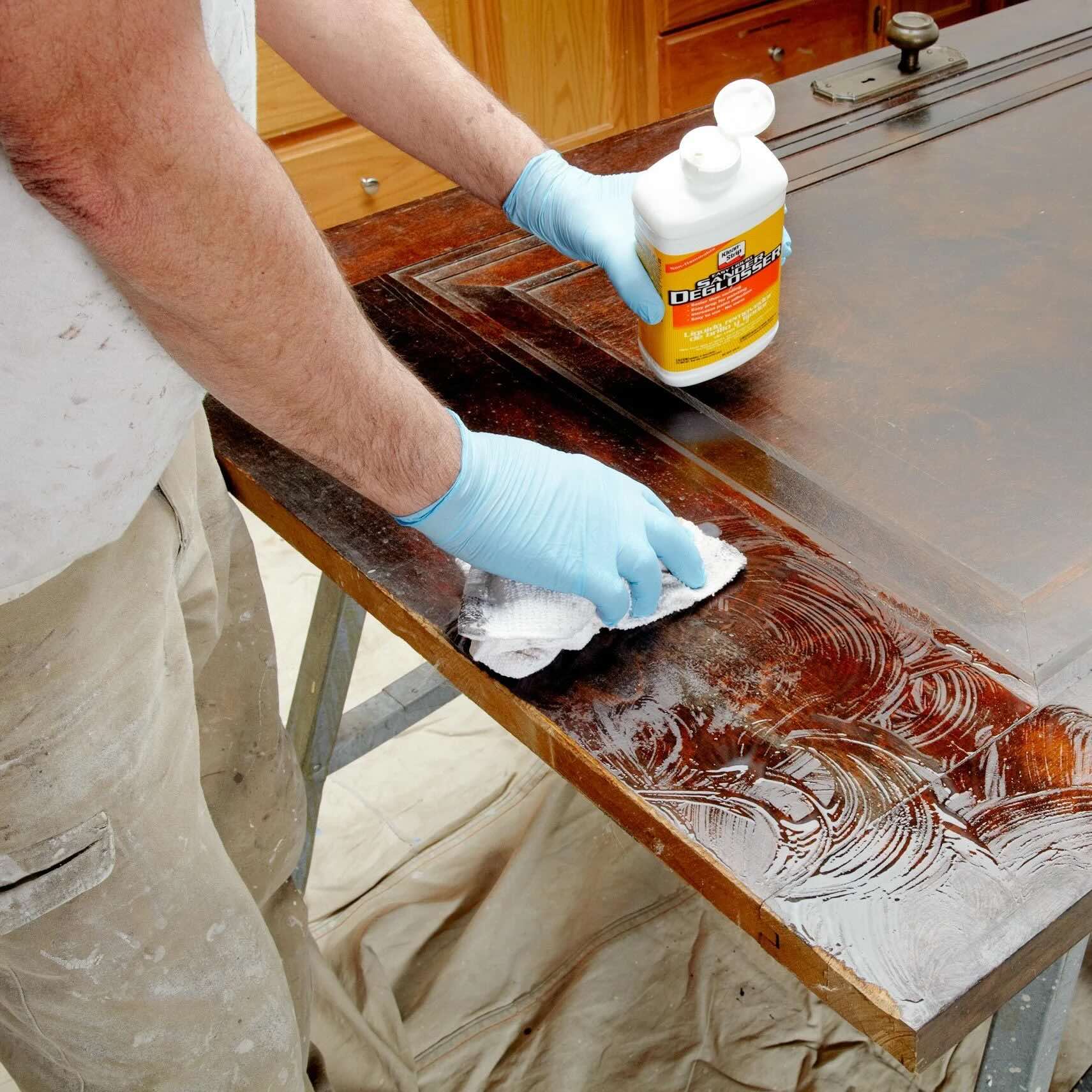

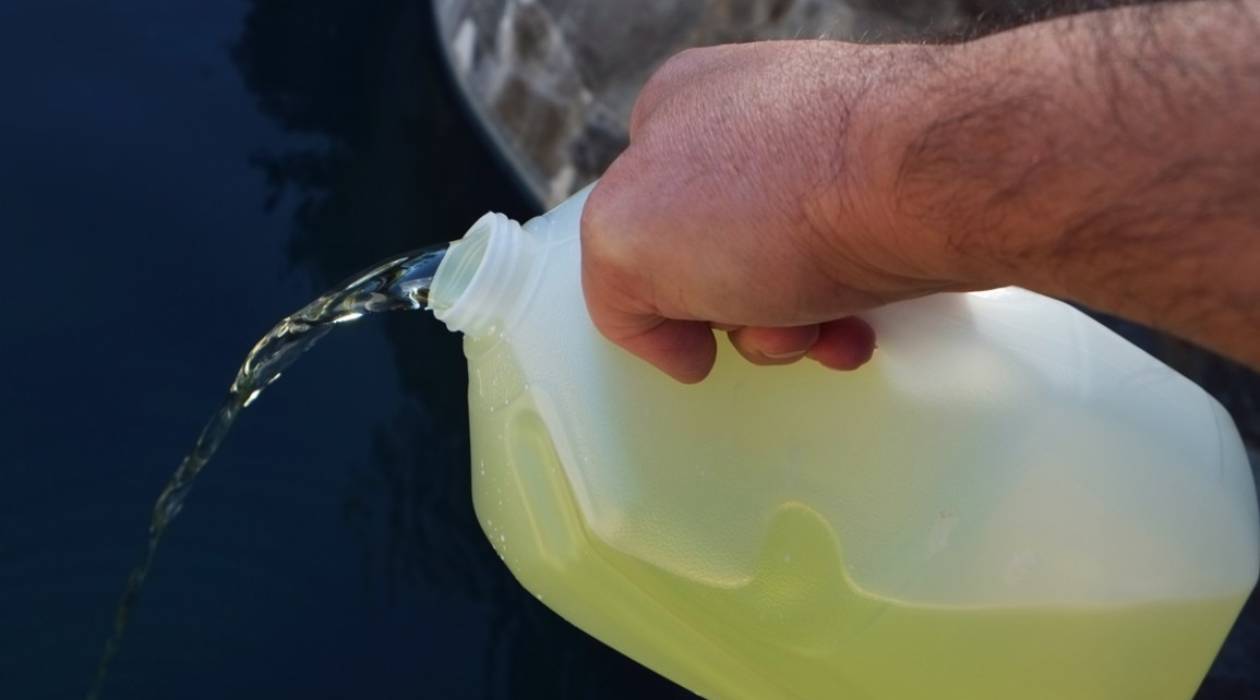
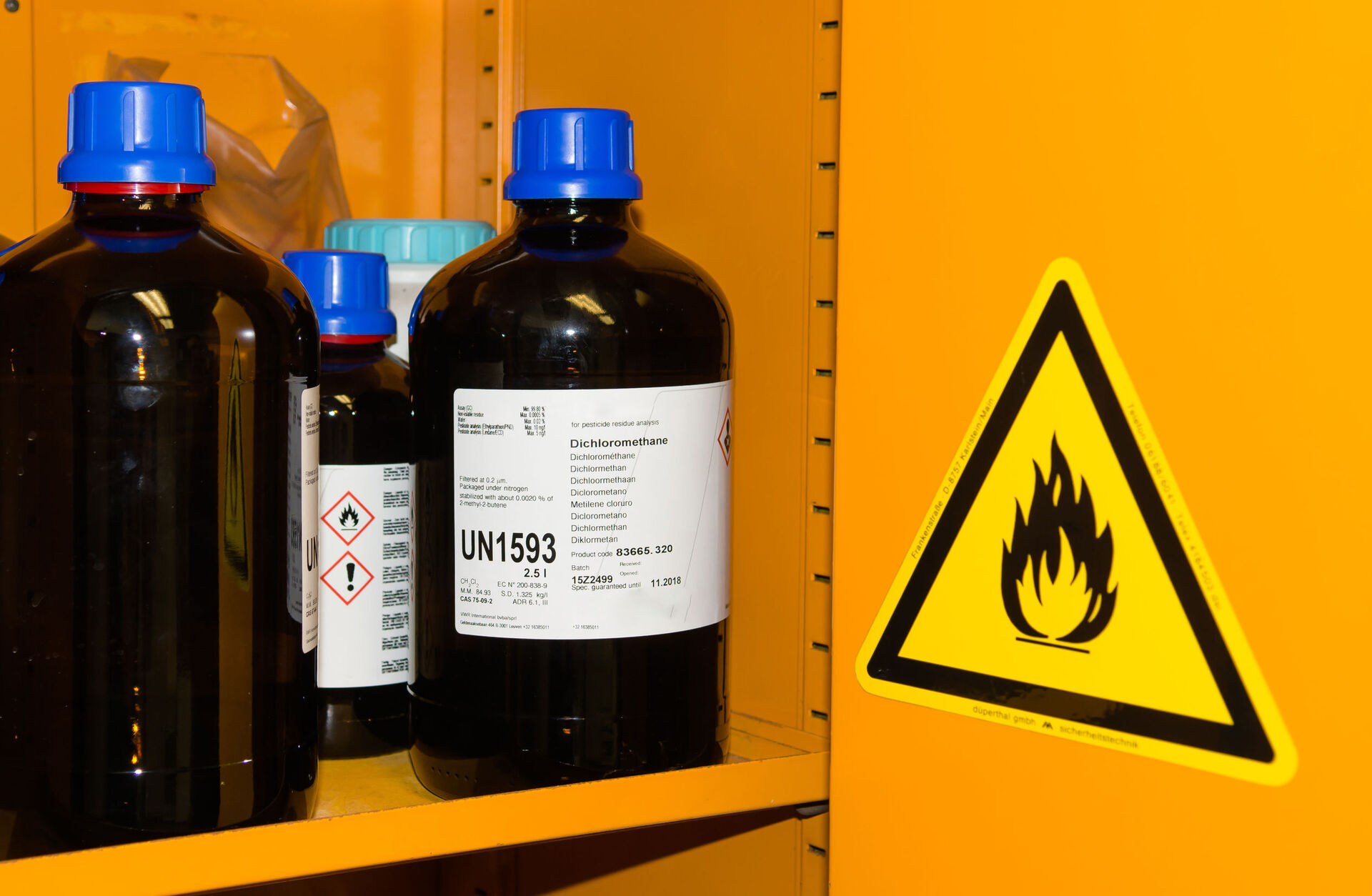
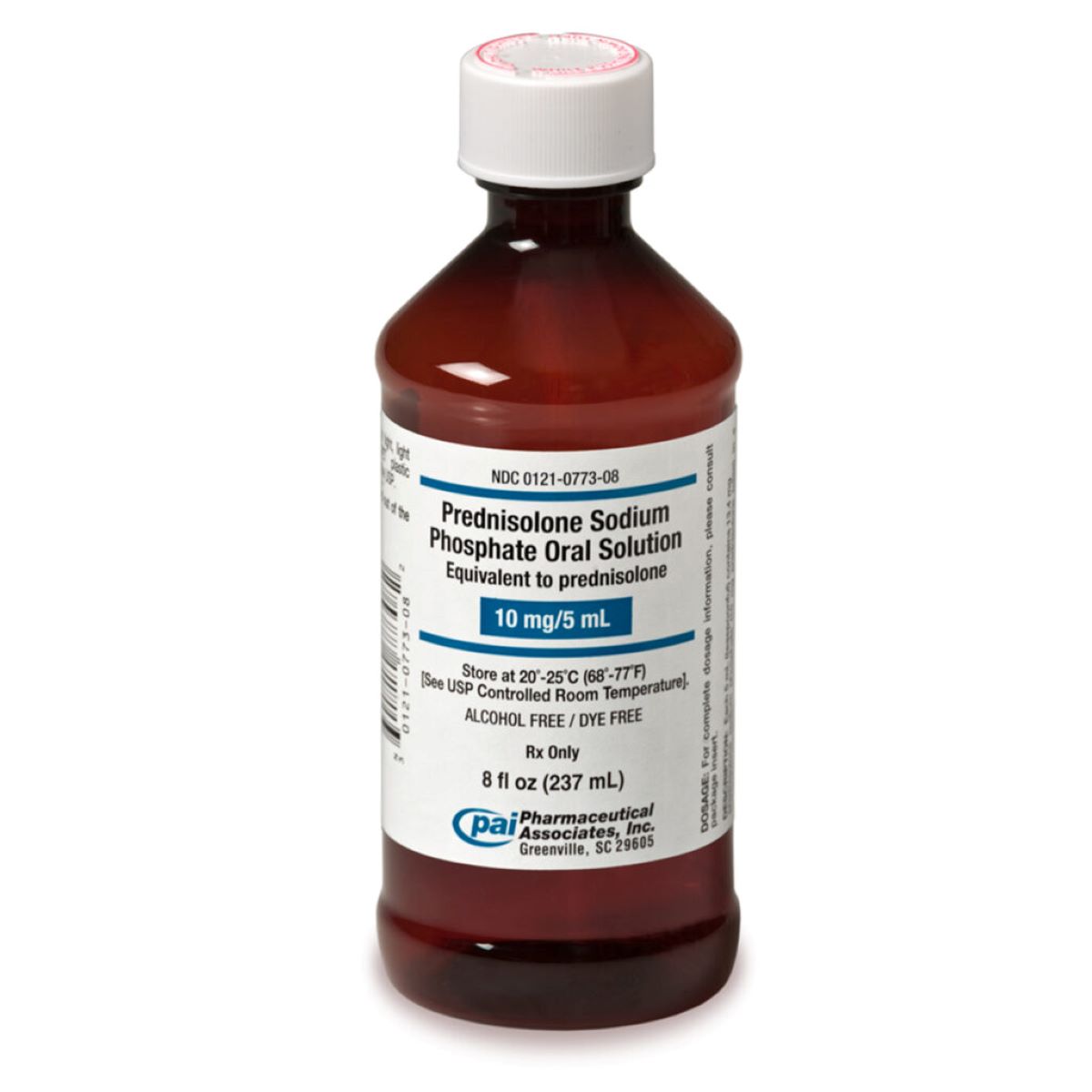
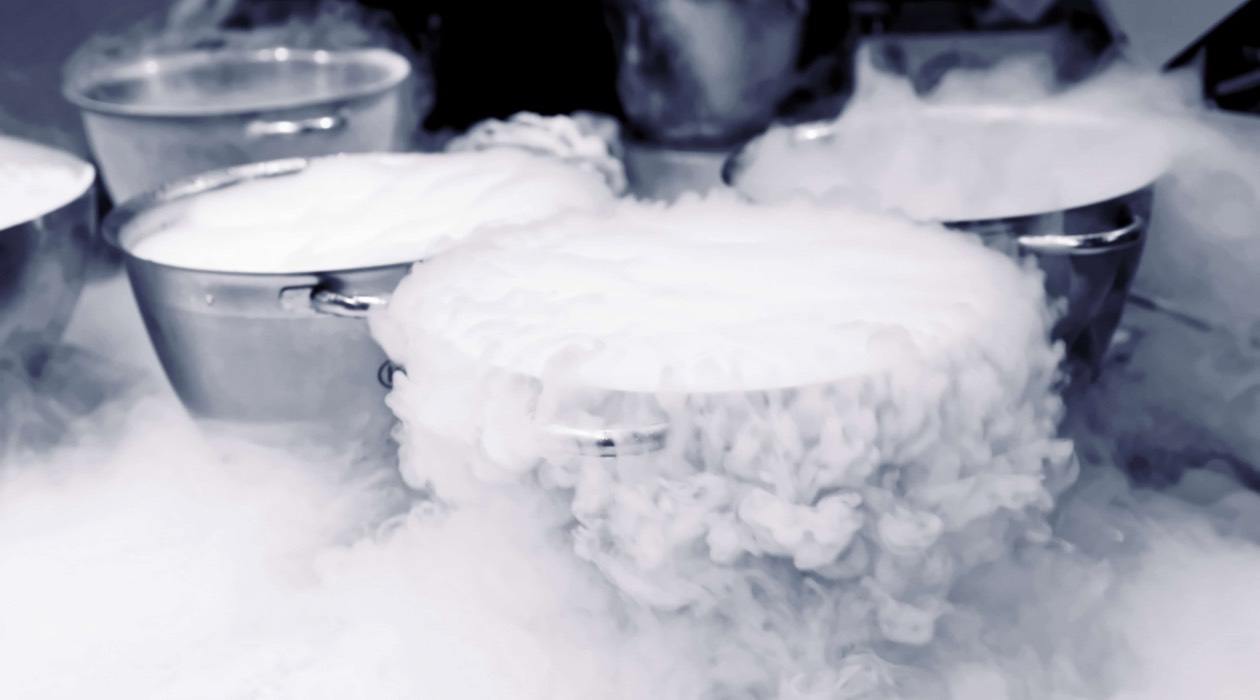
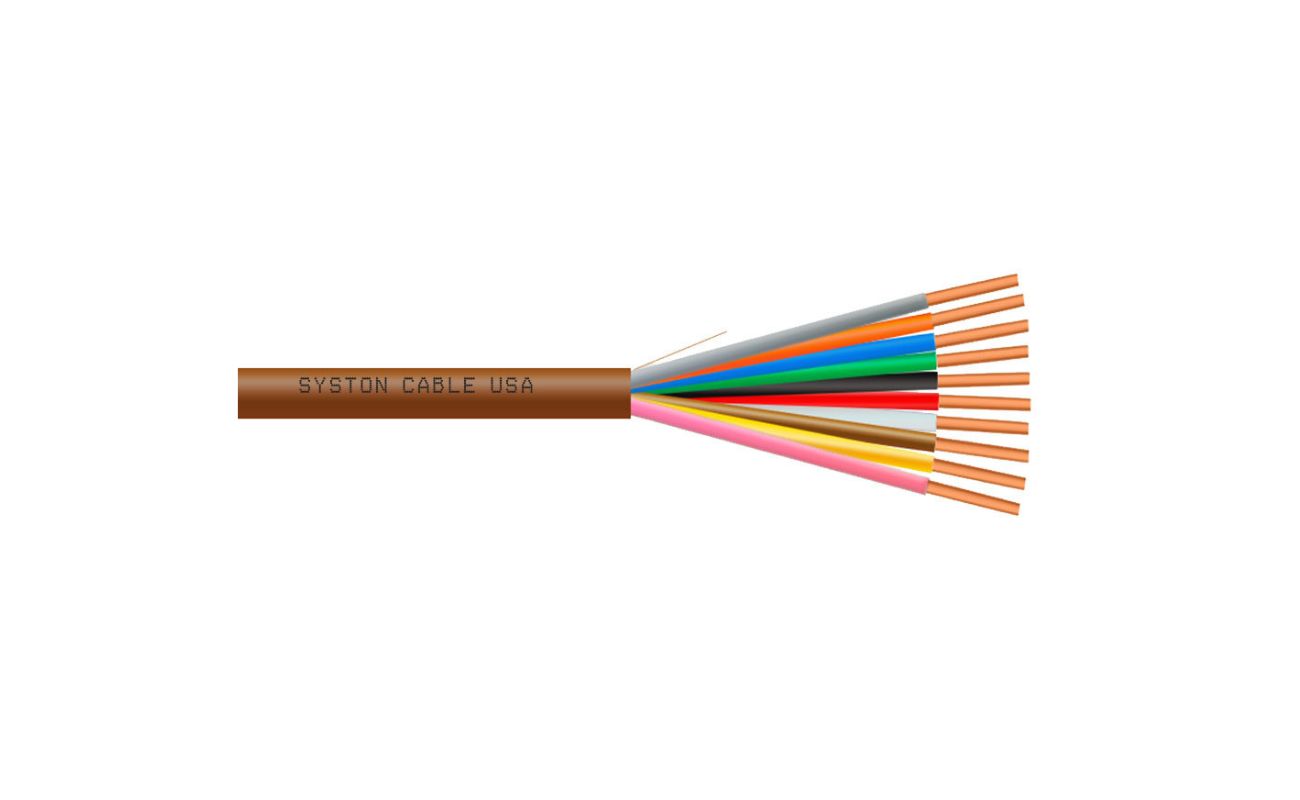
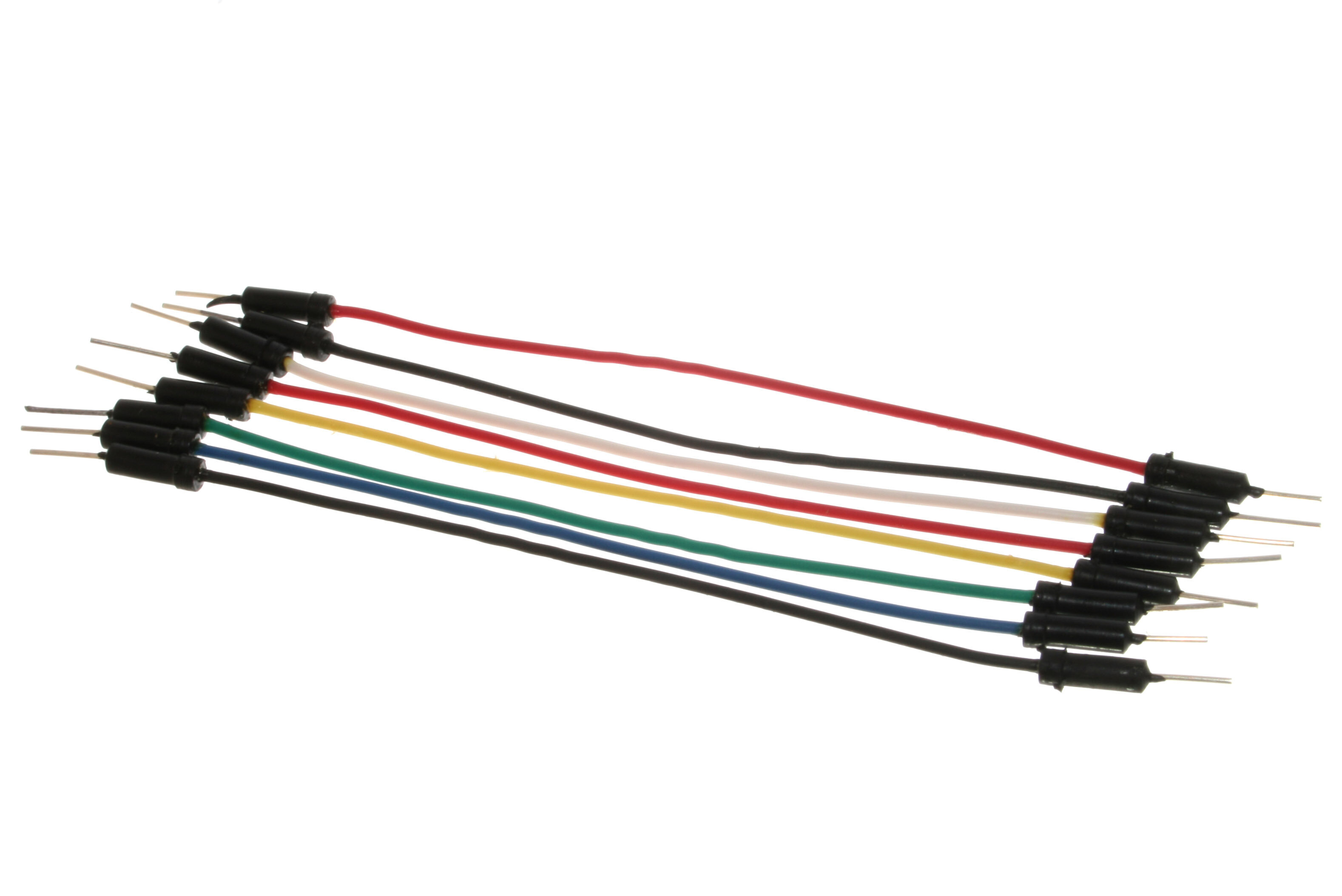


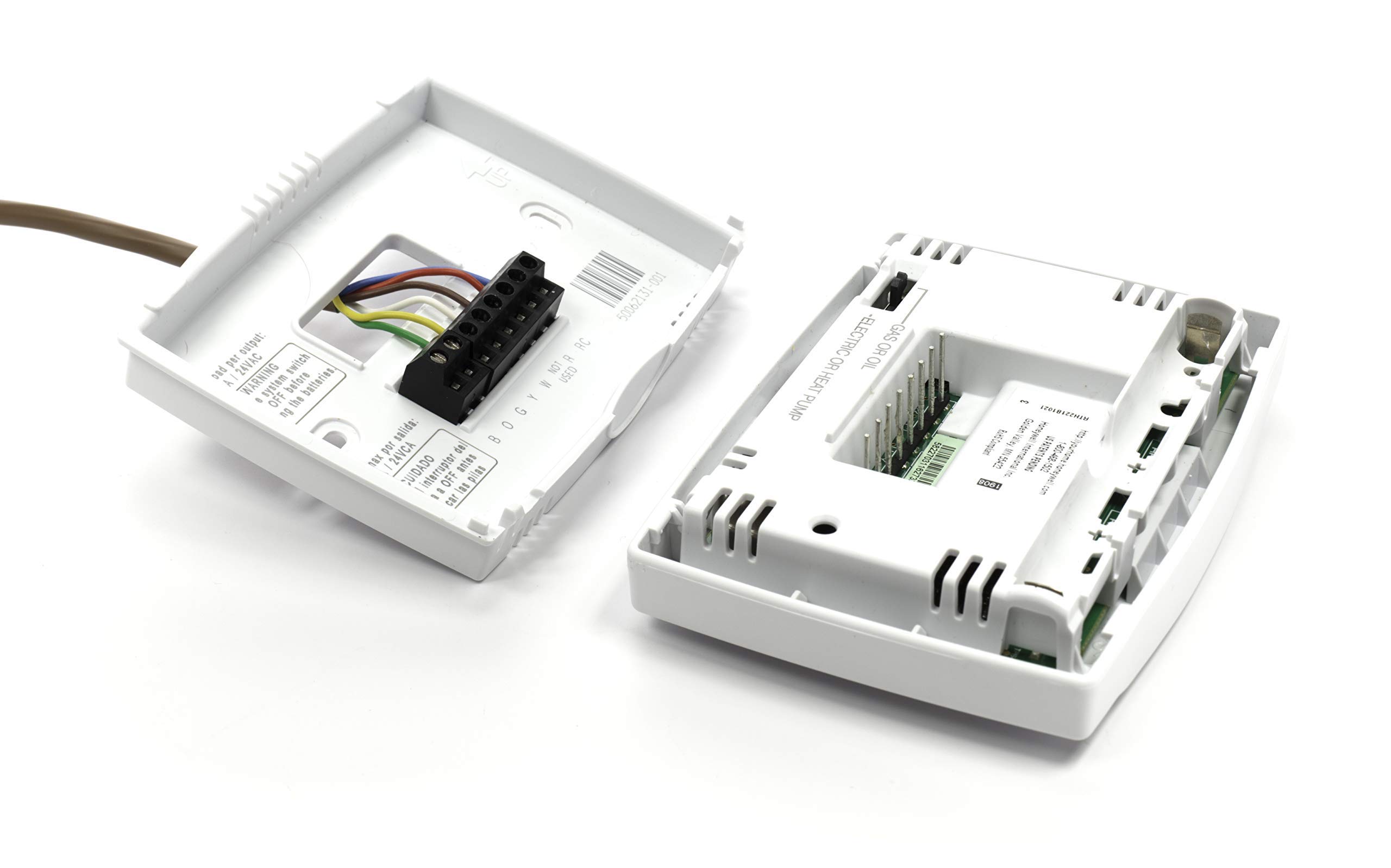
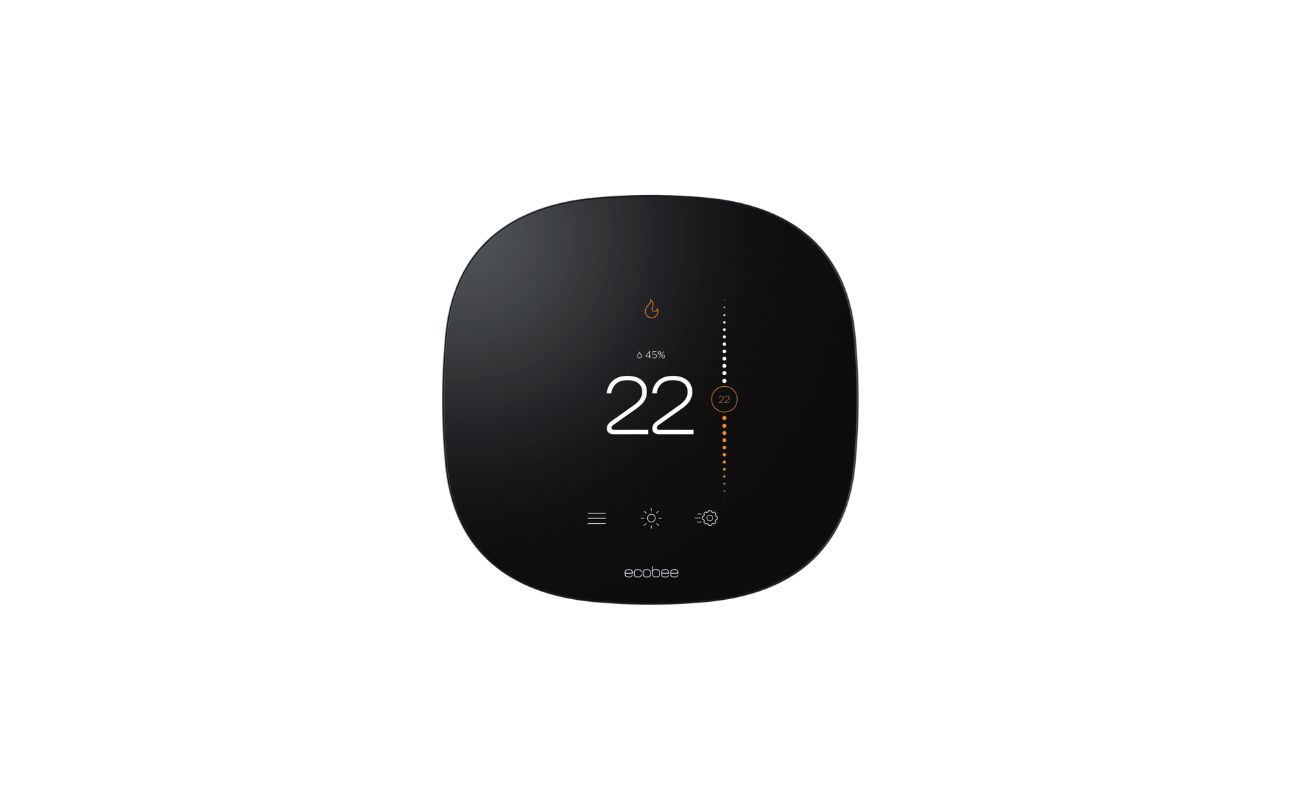

0 thoughts on “What Liquid Is In A Capillary Thermostat”